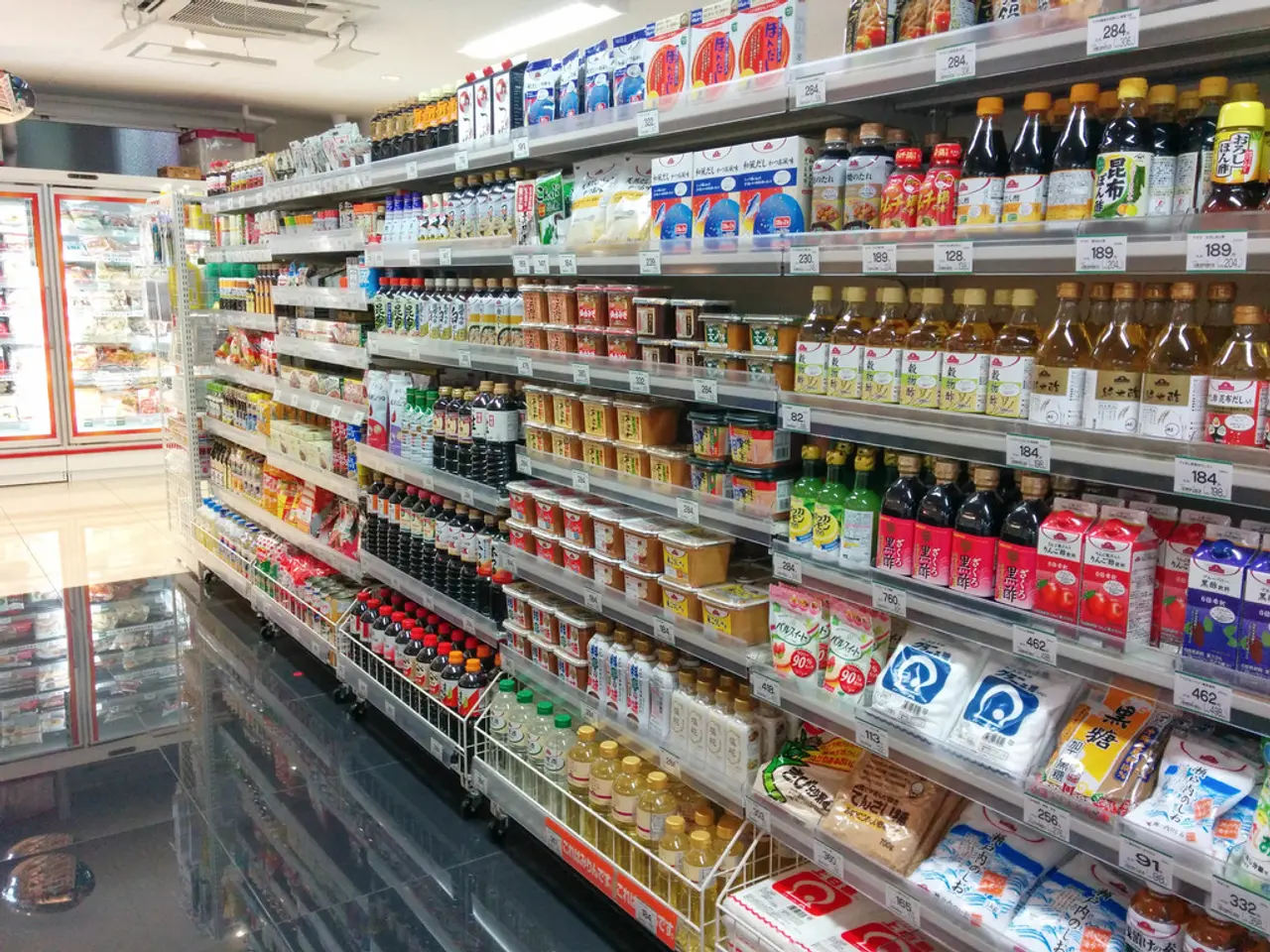Retail Sector's Pandemic Recovery Remains Uneven
The retail sector has faced significant challenges since the onset of the COVID-19 pandemic. In November 2020, both CBL and PREIT, major retail landlords, filed for bankruptcy as retailers struggled to pay rent. Small businesses have also been hard hit, with many on the brink of closure due to various pressures.
A survey by Alignable revealed that nearly six in ten small businesses were at risk of shutting down by the fall. This mirrors the overall trend, with the delinquency rate for small businesses reaching 31% in September, down from 40% in August. To cope with inflationary pressures and increased expenses, 59% of small businesses have raised their prices.
The pandemic has also impacted larger retail tenants. In 2020, the SNL U.S. REIT Retail Shopping Center Index saw a return of -26.9% compared to the previous year. Rent delinquency rates among small businesses peaked at 40% in August but improved to 30% in September, the best rate since April. Despite these challenges, 29% of small businesses have recovered from pandemic lows and are now making as much or more than before the pandemic.
The retail sector's recovery remains uneven, with small businesses and larger retail tenants both facing significant challenges. While some progress has been made, the sector continues to grapple with the impacts of the pandemic and inflationary pressures.




